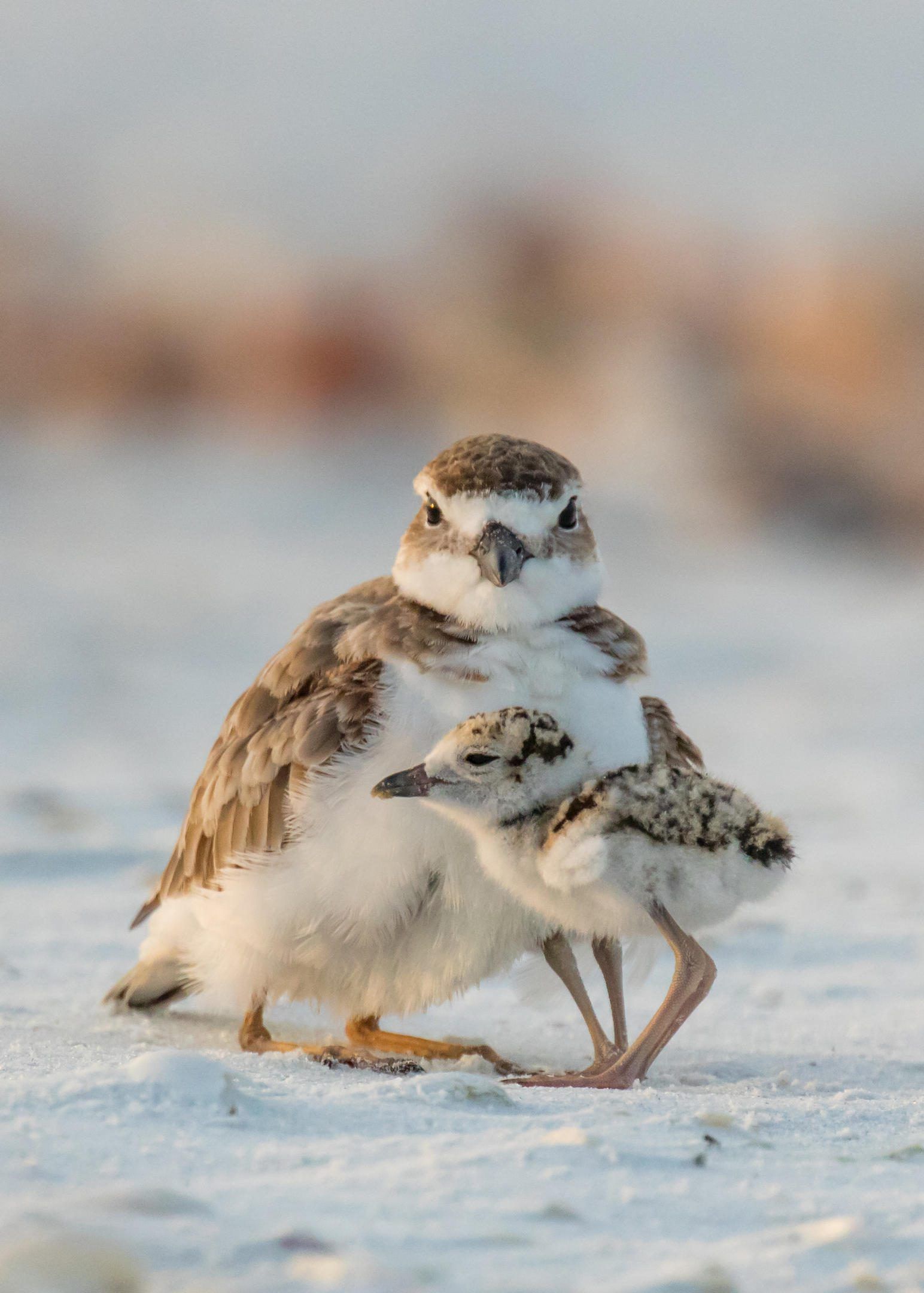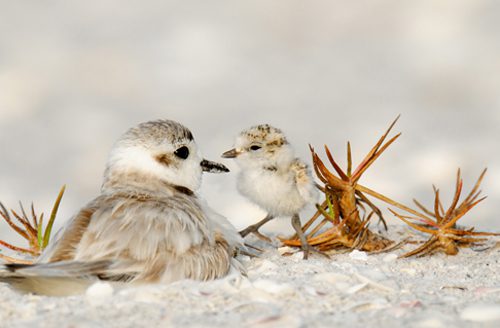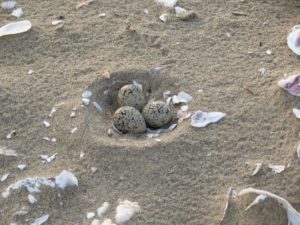Dogs and nesting shorebirds, sea turtles don’t mix

Many kinds of wildlife depend on Florida’s beaches for their survival, including endangered and threatened species. Over 30 species of shorebirds and seabirds use beach habitats for nesting, resting and finding food. Some birds also use the beach during winter or for rest during long migrations.
Sea turtles use Florida’s beaches as nesting sites from March to October. They dig nests in the sand and lay their eggs, which incubate and then produce hatchlings. Beach mice live in and use beach habitats, specifically coastal dunes, for their entire life cycle. Beach habitats are home to numerous other species and are an important link between marine and terrestrial environments.
Dogs’ natural instincts to hunt, chase and dig can endanger shorebirds, sea turtles and their nests and result in decreased survival of wildlife on the beach. Dogs may kill or eat adult shorebirds, hatchlings or eggs or scare adults off their nests, leaving eggs and hatchlings unprotected from heat and predators. As a result, birds may abandon nests or whole colonies due to disturbance from dogs.

Additionally, when birds are fleeing from dogs, they burn vital energy needed for migration and nesting. Although unleashed dogs present the biggest danger, leashed dogs also impact wildlife simply by their presence. Birds respond differently to dogs than they do to people. They fly away from dogs sooner, they go farther away, and they are more reluctant to return to the area, which means they leave eggs and chicks vulnerable and have less time for critical activities like finding food that they need to survive.
Nesting female sea turtles also can be disturbed by dogs on the beach at night. They may abandon their nesting attempt, returning to the water without laying their eggs. Beach mice are also active at night, making them vulnerable to predation by dogs.

Most Florida State Parks, including those on Gasparilla Island, are closed to pets. To best protect wildlife, leave dogs at home when going to the beach. However, if you plan to bring your dog, go to a beach where dogs are allowed and follow all leash laws. Stay out of posted “Critical Wildlife Areas,” listed on MyFWC.com/CWA. Keep out of roped or flagged beach areas, even if you don’t see any wildlife.
Keep your dog as far away from wildlife as possible. Do not allow a dog to disturb or chase birds or dig holes, which could damage turtle nests or trap hatchlings. Make sure your dog stays out of the dunes to avoid disturbance of beach mouse habitat. Avoid walking your dog on the beach at night during the March-October sea turtle nesting season. Pick up pet waste and throw it in the trash.
If you see dogs disturbing wildlife, report it to the FWC’s Wildlife Alert Hotline: (888) 404-FWCC (3922), #FWC or *FWC on a cell phone, or by texting Tip@MyFWC.com.









